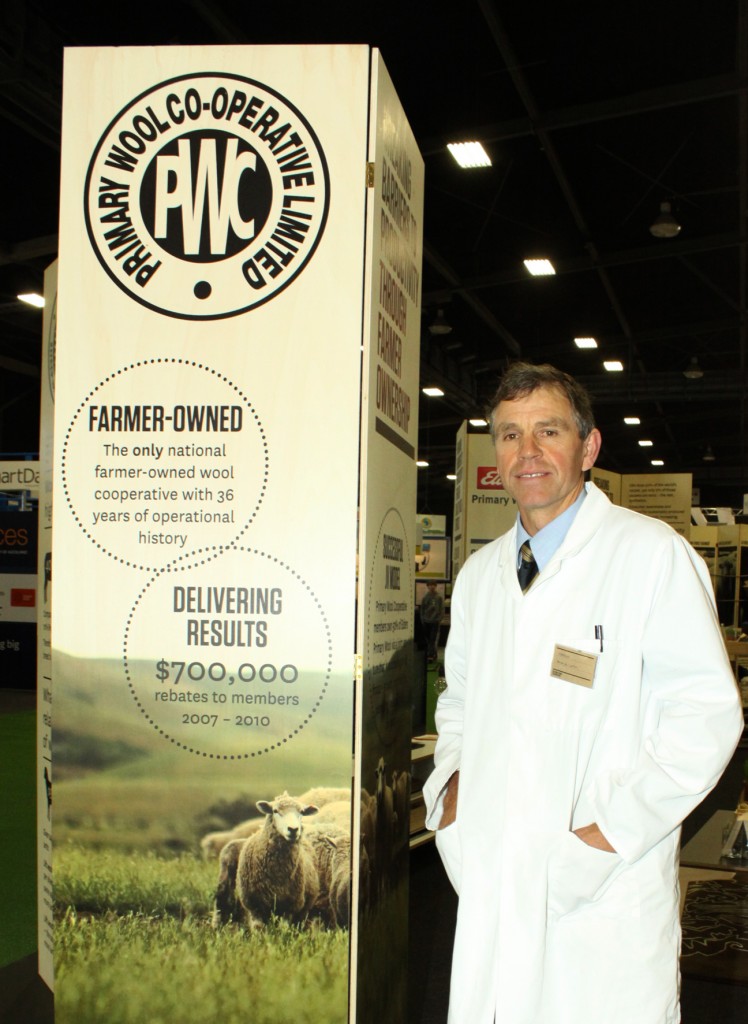Fieldays flies flag for fleece
New Zealanders have a world-renowned fleece mythology proclaiming that we live in a country that has 20 sheep for every person – a statement that is, if not entirely fictitious, at the very least vastly out of date.
The story of the Golden Fleece is nearly as old as the wool industry itself.
First recorded in eighth century BC by ancient Greek poet Homer, the highly sought article was said to be the pelt of a golden-haired, winged ram, allegedly the offspring of a sea god and his consort nymph. After performing the requisite heroic feats, the beast shed its skin and flew to the heavens to become the constellation Aries, leaving the otherworldly fleece behind as a lauded possession among kings and men.
New Zealanders have our own world-renowned fleece mythology proclaiming that we live in a country that has 20 sheep for every person – a statement that is, if not entirely fictitious, at the very least vastly out of date.
These days the numbers are more like 10 sheep per person according to Statistics New Zealand.

Now slowly recovering and with an increasingly optimistic outlook, it remains undeniable that our country shares a special relationship with sheep and wool. So it is surprising to learn that 2011 is the first of the 43 years since its inception that a wool company will be the headline sponsor and feature exhibitor of the New Zealand National Agricultural Fieldays.
“Wool is certainly experiencing a renaissance,” says Bay de Lautour, a fourth-generation sheep farmer and chairman of premier sponsor Primary Wool Cooperative.
He attributes this in part to the growing ‘green’ movement that has seen people turn away from synthetics in favour of natural fibres such as wool, while at the same time developments in fine wool products such as merino mean new offerings and innovations for the market.
Also operating in the industry’s favour is the Prince Charles-endorsed international Campaign for Wool, a UK initiative to boost the profile of wool worldwide.
More than 130,000 people will flock through the entry gates of this year’s Fieldays to celebrate the premier feature theme of Breaking Barriers to Productivity, hosted by arguably the most traditional of agricultural industries.
The theme is a natural fit for Primary Wool Cooperative, a farmer-owned organisation which boasts almost 40 years of industry-leading invention, innovation and renovation, much of which will be on show at its premier exhibitor site, the pavilion, at Fieldays.
“Visitors will be able to see the entire wool production value chain, from animal to retail products,” says Mr de Latour.
The cooperative invests heavily in adding value to wool, and the pavilion will showcase new technologies in spinning, wool scarring (a washing method), and felted wool, as well as a full complement of wool product examples from bedding and clothing to specialist suits and flooring.
Outside the pavilion, world champion shearer Billy Black will be showing off the properties of wool that have given it such longevity, such as fire resistance, moisture absorption, hardiness and versatility.
“Wool uses now are much the same as historical uses,’ says Mr de Latour. “Wool has always been used for flooring, clothing and housing”.
This close-knit relationship to human comfort is due to the special qualities of wool that distinguish it from fur or hair: that it is naturally crimped, elastic and grows in clusters (called staples). These properties also lend themselves well to technological development as wool’s organically occuring marvels of bulk, heat retention, binding, and insulation are explored and their true potential realised.
As both wool and meat prices continue to rise and the wool industry experiences a renaissance in its rich and varied history, it is no surprise that New Zealand – with our allegiance to sheep and way with wool – is responsible for the newest and most dazzling of wool technologies yet.
Kiwi ingenuity makes a method of the myth with a recent innovation that binds gold particles with wool fibres to create gorgeous colours and unique fabric properties. Nanogold wool never fades or washes out, is antimicrobial, insecticidal and anti-static, and at $300 per gold-infused scarf, is slated for the high-end international fashion market. A garment fit for a king indeed.
New Zealand’s National Agricultural Fieldays will bring the wonders and capabilities of wool front and centre to ensure the myth – and reality – of our honored national treasure continues for another age.
And it seems the Golden Fleece too, will live on, as more than just the stuff of legends.




